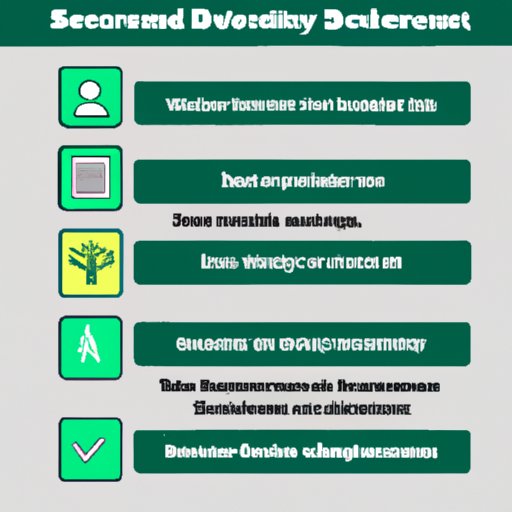Introduction
Secondary education, also called high school education, refers to the formal instruction delivered to students in grades 9 through 12. Secondary schooling is a significant stage in students’ academic and personal development as they transition from childhood to adulthood. This article aims to explore various aspects of secondary education, including goals, types of schools, curriculum, changes over time, benefits, drawbacks, comparisons across countries, and tips for students.
Purpose and Goals of Secondary Education
Secondary education is designed to help students prepare for the intellectual, social, and economic challenges of adulthood. The primary goals include developing critical thinking and analytical skills, nurturing students’ creativity and imagination, preparing them for higher education, and equipping them with the technical and vocational skills necessary for the workforce.
Different Types of Secondary Schools
Secondary education can be delivered through various schools, including public, private, and vocational schools. Public schools are funded by the government and are free for all students. Private schools, on the other hand, are often funded through tuition and have more autonomy in designing their curriculum and policies. Vocational schools focus on providing job-specific training and skills development.
Curriculum of Secondary Schools
The curriculum of secondary schools differs depending on the school and the region. Typically, students are required to take core subjects like English, math, science, and social studies. Advanced courses like calculus, physics, and chemistry are available for students who want to pursue higher education. Extracurricular activities like sports, music, and theater also play a crucial role in developing students’ creativity and social skills.
Changes in Secondary Education Over Time
Secondary education has undergone significant changes over the years due to advances in technology, changes in the job market, and evolving social norms. In the past, secondary education focused on rote learning and memorization. Today, there is an emphasis on experiential learning, critical thinking, and real-world applications. Additionally, technology has revolutionized the way students learn, with online coursework and virtual classrooms becoming increasingly popular.
Benefits and Drawbacks of Secondary Education
One of the primary benefits of secondary education is that it provides students with the knowledge, skills, and experience necessary to succeed in college and the workforce. However, secondary education also has some drawbacks, including students feeling overwhelmed and stressed. There is also a concern that students may not benefit from secondary education if they are not passionate about learning.
Secondary Education in Different Countries
Secondary education varies significantly across different countries due to differences in political systems, cultural values, and economic priorities. In some countries, secondary education is seen as a necessity, while in others, it may be viewed as a luxury. Additionally, different countries have different approaches to curriculum design, teaching methods, and assessment.
Tips and Insights for Students
Successful students in secondary education are often those who are motivated, organized, and disciplined in their approach to learning. Aside from these attributes, it is essential to have good study habits, clear academic goals, and effective communication with teachers and peers. Additionally, students should fully explore all available opportunities, including extracurricular activities, internships, and community service.
Conclusion
Secondary education plays a vital role in shaping students’ academic and personal development. Through the exploration of topics such as goals, curriculum, benefits, drawbacks, and different approaches across countries, we have gained a better understanding of what secondary schooling entails. Furthermore, advice has been offered that can help students achieve their academic potential and benefit from their time in high school.
